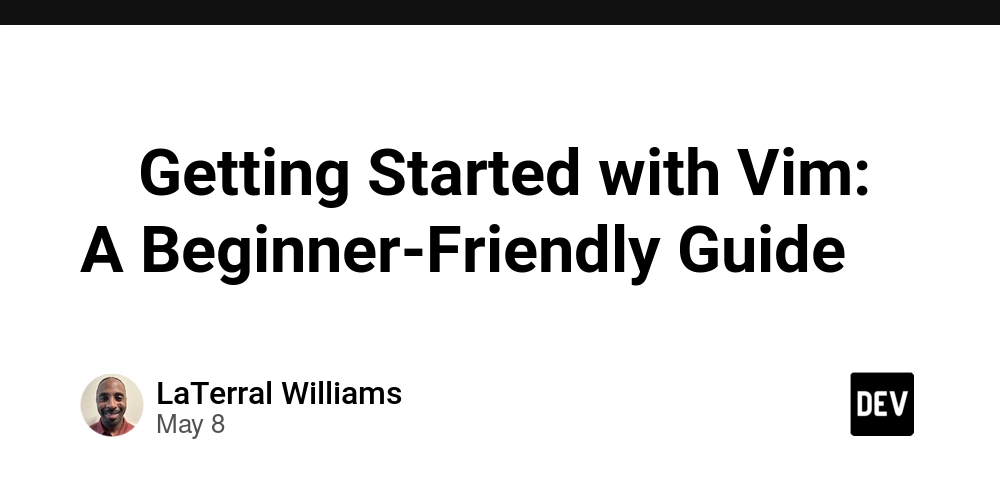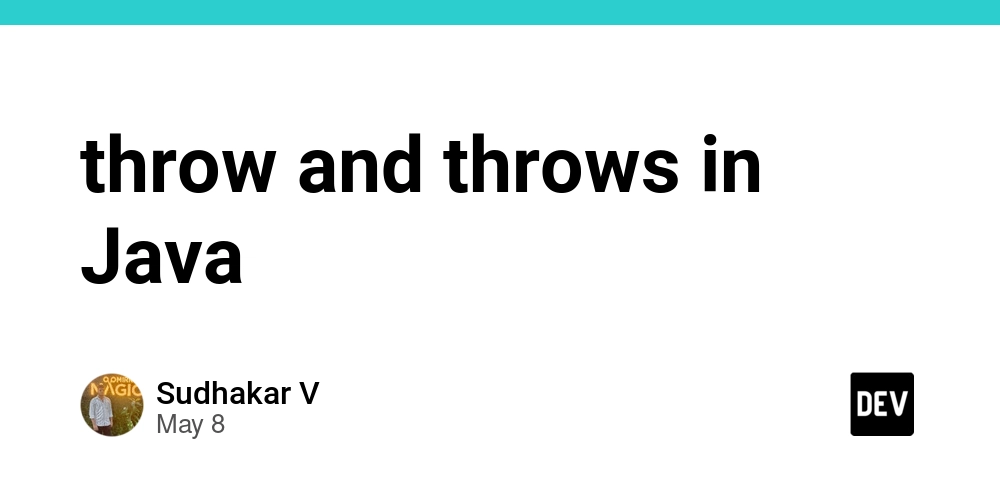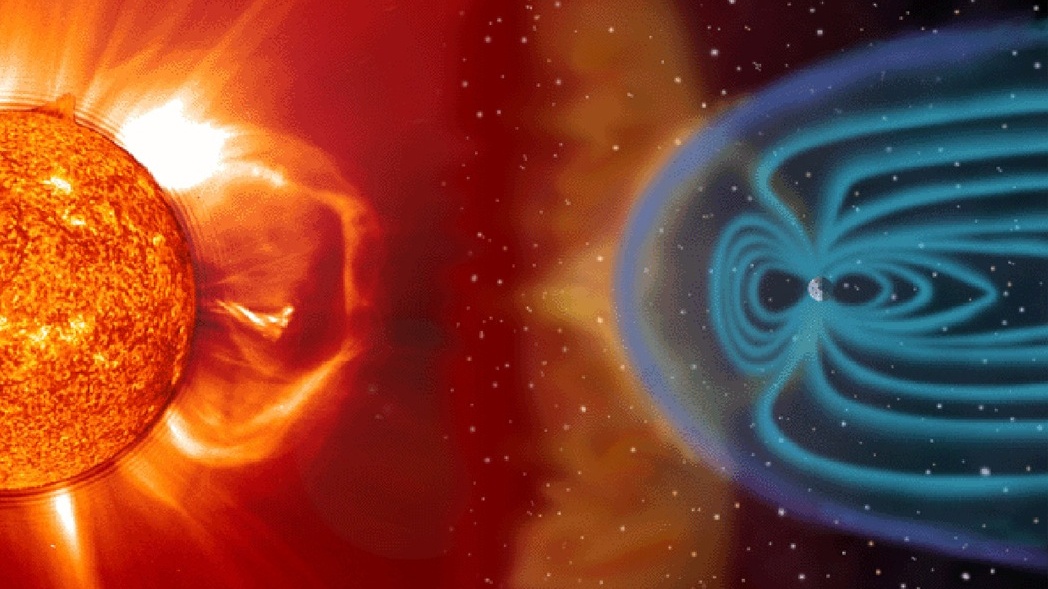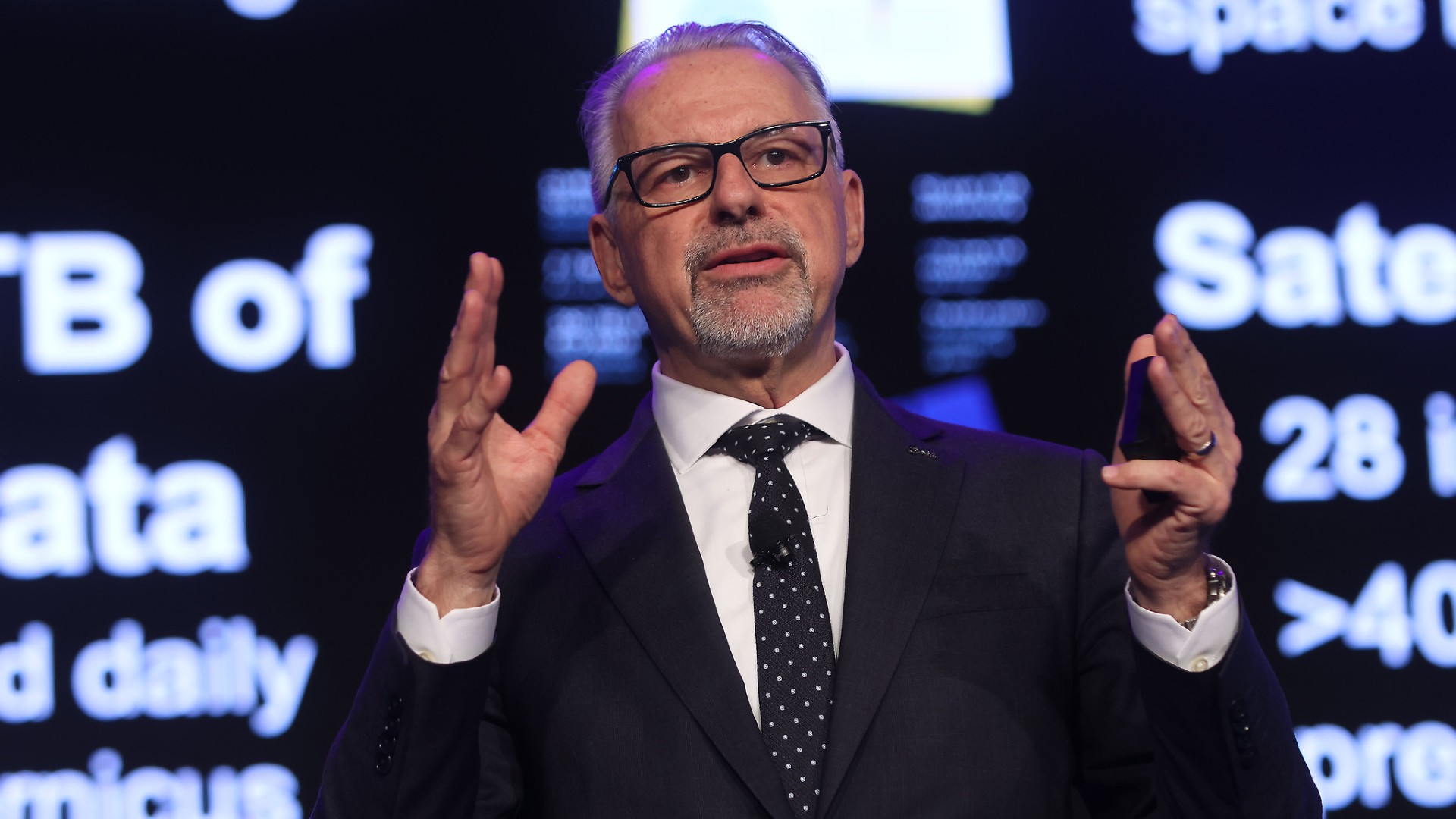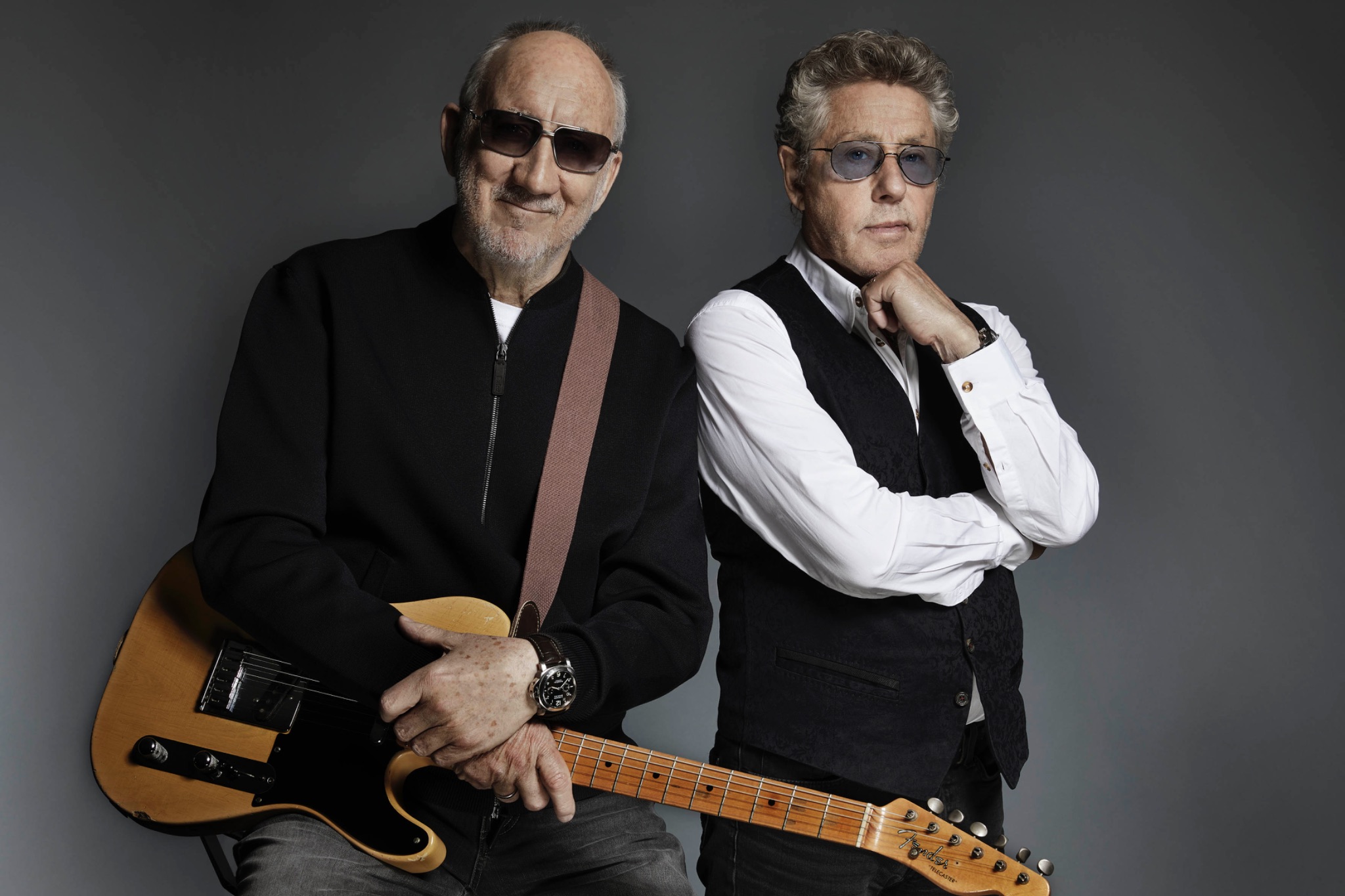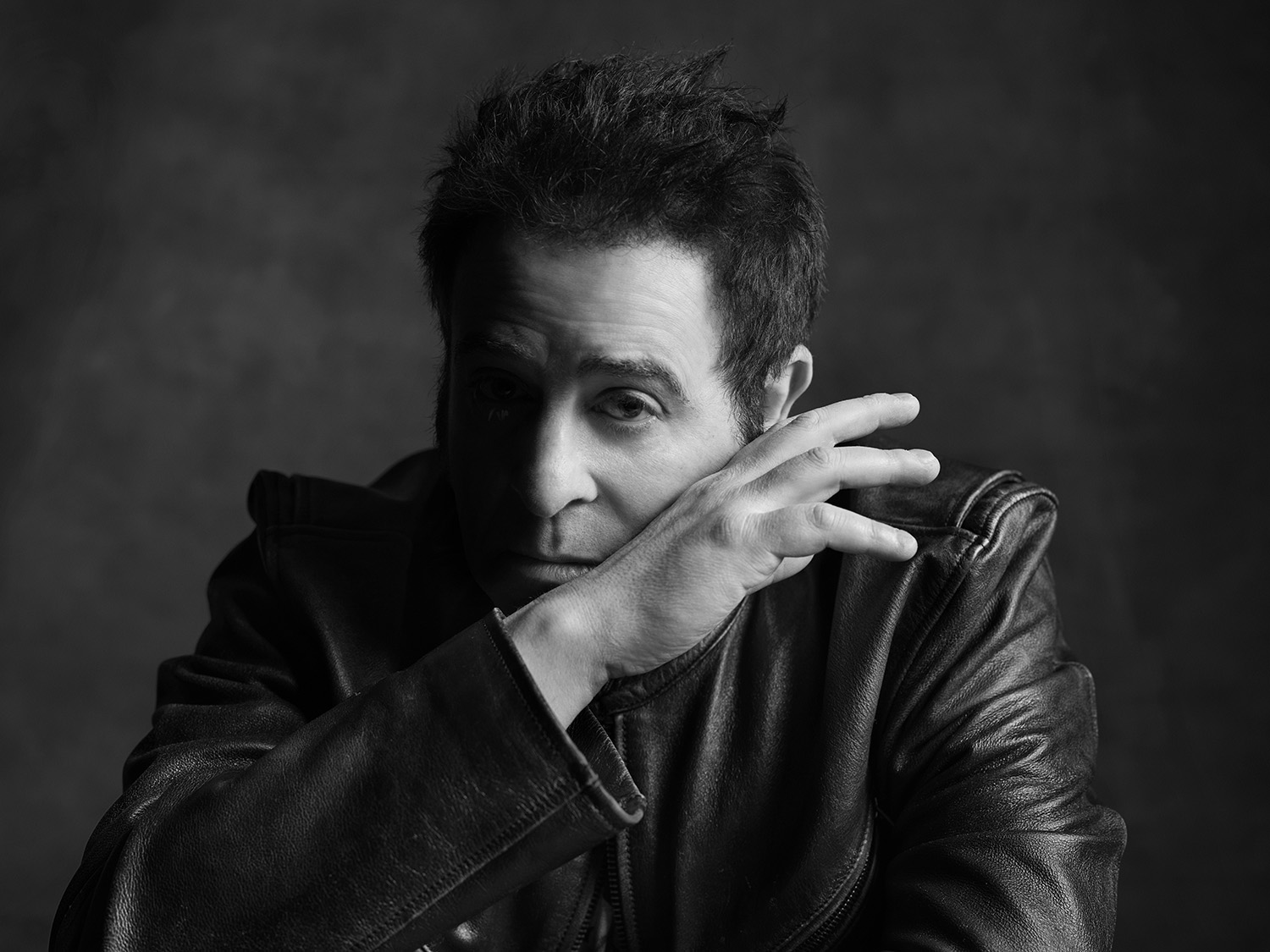The galaxy is watching! How Andor connects to a history of protest
'Andor' showrunner Tony Gilroy connects Star Wars to anti-Vietnam war protests of the 1960s and 1970s — just as George Lucas intended.


The galaxy far, far away just watched a massacre on Andor. But did it understand what it saw — and will viewers in our galaxy?
Andor season 2, episode 8, 'Who Are You?' isn't just the darkest moment in the show; it may be the darkest moment the Star Wars franchise has ever seen. Stormtroopers on Ghorman, a prosperous planet with a mineral the Empire needs to build its Death Star, attack a square full of defenseless protestors. This draws rebels into a firefight where both sides are looking for a propaganda victory.
Before the slaughter comes an excruciating buildup. Courageous protesters gather in the square, already the site of a previous Imperial massacre, chanting "We are the Ghor! The galaxy is watching!" And they have good reason to think so. The events are apparently being covered live by a handful of galactic journalists — although as Andor showrunner Tony Gilroy confirms, those journalists are working for the Empire's Ministry of Enlightenment.
"They're there to sell the story" of a phony attack by rebels on an Imperial depot, Gilroy says. Later, we see them focus their reporting on "Imperial martyrs" — dead Stormtroopers and Imperial employees, basically. RIP Syril, who almost figured out what his bosses were up to, never getting to answer Cassian's question (the episode title). And RIP Ghorman itself, victim of what Senator Mon Mothma later calls a "genocide."
Where does 'the galaxy is watching' come from?
But what about that iconic (and ultimately ironic) phrase, "the galaxy is watching?" If you hear an echo of a phrase from protests closer to home, "the whole world is watching," that's exactly what Gilroy intended.
"It's universal enough that I can use it," Gilroy says, citing its usage by protestors during the Occupy Wall Street movement in 2011 — when NYPD officers conducted one of the largest mass arrests in U.S. history.
In fact, the chant goes further back than that and may originate with the Civil Rights movement of the 1950s. Bob Dylan did some of the popularizing, using it as a line in a song on his seminal 1964 protest album "The Times They Are a-Changing."
Historically, the most famous use of "the whole world is watching" was by anti-Vietnam War protesters outside the Democratic convention in Chicago in 1968. The protestors were correct; the event was being carried live by U.S. networks and picked up around the globe.
But as on Ghorman, it didn't end well. The world's observation didn't stop National Guardsmen and Chicago PD from attacking with clubs. And it didn't stop the nation's most famous journalist, Walter Cronkite, from having to apologize on national TV to the mayor of Chicago for calling his security forces what they clearly were: thugs.
Connecting Andor to anti-Vietnam protests also puts Gilroy in line with the origins of Star Wars itself. Lucas, who was set to direct the hard-hitting Vietnam picture Apocalypse Now before choosing his space fantasy passion project instead, fully intended the Empire to represent the U.S. military in Vietnam — defeated by technologically inferior forces.
And as dark as 'Who Are You?' is, it's not the first genocide we've seen in what is often considered a franchise for children. As Tony Gilroy points out, there are two mind-bogglingly large genocides in the original Star Wars — the Death Star's annihilation of Princess Leia's home planet, and the destruction of the Death Star with millions of lives aboard.
"You know, there were no cameras on Alderaan," Gilroy notes wryly. "I guess it's in keeping with our show — if you keep the camera down on the ground instead of in space, you feel it more."










